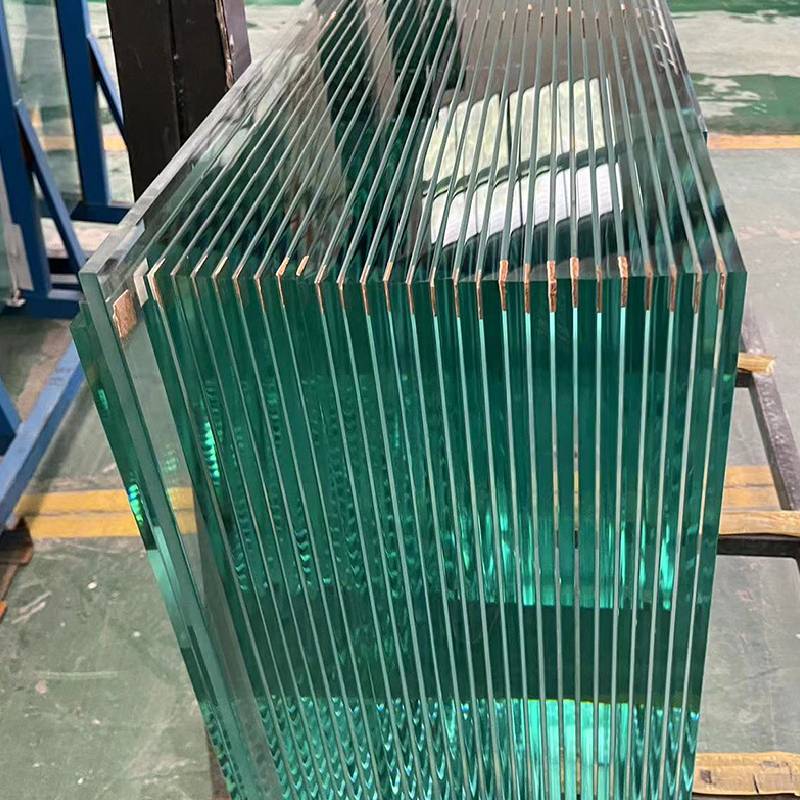Exploring Float Glass Designs A Modern Approach to Architecture and Interior Aesthetics
Float glass, a revolutionary material introduced in the 1950s, has profoundly influenced architecture and interior design. Its manufacturing process, which involves floating molten glass on molten tin, results in a smooth, clear finish that has made it the preferred choice for countless applications. As industries evolve, so does the innovative use of float glass, prompting designers to develop creative and sustainable designs that push the boundaries of aesthetics and functionality.
One of the most captivating aspects of float glass is its versatility. It can be used in various formats, including windows, walls, doors, and facades, making it an essential element in both commercial and residential projects. The transparency and clarity of float glass allow for an abundance of natural light to flood indoor spaces, creating an environment that promotes well-being and productivity. This intrinsic quality aligns perfectly with contemporary design philosophies that prioritize sustainability and a connection to the natural world.
Exploring Float Glass Designs A Modern Approach to Architecture and Interior Aesthetics
Interior design also benefits immensely from the use of float glass. Its clean, minimalist look complements various styles, from ultra-modern to classic aesthetics. Designers incorporate float glass in furniture pieces, such as tables and shelving, to create a sense of openness and lightness. In addition, using frosted or etched float glass allows for privacy without sacrificing luminosity, making it an excellent choice for spaces like offices or bathrooms.
float glass designs
Sustainability is a pressing concern in today's design landscape, and float glass meets many of these eco-friendly criteria. Glass can be recycled indefinitely without loss of quality, making it a sustainable choice for environmentally conscious projects. Furthermore, advances in float glass technology have led to the development of energy-efficient variants, such as low-emissivity (Low-E) glass. This type of glass minimizes heat transfer, reducing energy consumption for heating and cooling and contributing to greener building practices.
Additionally, float glass can serve as a canvas for artistic expression. Artists and designers are exploring innovative ways to incorporate color, texture, and patterns into glass surfaces. Laminated float glass, which allows for the embedding of various materials, opens up endless possibilities for customization. From intricate designs to bold colors, the aesthetic potential is vast, providing opportunities for personal and distinctive interior environments.
As we move forward, the role of float glass in design will likely continue to evolve. With technological advancements and a growing emphasis on sustainability, the future holds exciting possibilities for architects and designers alike. Float glass will remain not just a practical construction material but also a vibrant medium for creative expression and environmental responsibility.
In conclusion, float glass designs represent a harmonious blend of functionality and aesthetics. As it continues to shape our built environment, this remarkable material invites us to rethink traditional design concepts, embrace sustainability, and enhance our connection to the world around us. Whether in grand architectural marvels or intimate interior spaces, the impact of float glass is undeniable, heralding a new era in design that is as beautiful as it is conscientious.
 Afrikaans
Afrikaans  Albanian
Albanian  Amharic
Amharic  Arabic
Arabic  Armenian
Armenian  Azerbaijani
Azerbaijani  Basque
Basque  Belarusian
Belarusian  Bengali
Bengali  Bosnian
Bosnian  Bulgarian
Bulgarian  Catalan
Catalan  Cebuano
Cebuano  Corsican
Corsican  Croatian
Croatian  Czech
Czech  Danish
Danish  Dutch
Dutch  English
English  Esperanto
Esperanto  Estonian
Estonian  Finnish
Finnish  French
French  Frisian
Frisian  Galician
Galician  Georgian
Georgian  German
German  Greek
Greek  Gujarati
Gujarati  Haitian Creole
Haitian Creole  hausa
hausa  hawaiian
hawaiian  Hebrew
Hebrew  Hindi
Hindi  Miao
Miao  Hungarian
Hungarian  Icelandic
Icelandic  igbo
igbo  Indonesian
Indonesian  irish
irish  Italian
Italian  Japanese
Japanese  Javanese
Javanese  Kannada
Kannada  kazakh
kazakh  Khmer
Khmer  Rwandese
Rwandese  Korean
Korean  Kurdish
Kurdish  Kyrgyz
Kyrgyz  Lao
Lao  Latin
Latin  Latvian
Latvian  Lithuanian
Lithuanian  Luxembourgish
Luxembourgish  Macedonian
Macedonian  Malgashi
Malgashi  Malay
Malay  Malayalam
Malayalam  Maltese
Maltese  Maori
Maori  Marathi
Marathi  Mongolian
Mongolian  Myanmar
Myanmar  Nepali
Nepali  Norwegian
Norwegian  Norwegian
Norwegian  Occitan
Occitan  Pashto
Pashto  Persian
Persian  Polish
Polish  Portuguese
Portuguese  Punjabi
Punjabi  Romanian
Romanian  Russian
Russian  Samoan
Samoan  Scottish Gaelic
Scottish Gaelic  Serbian
Serbian  Sesotho
Sesotho  Shona
Shona  Sindhi
Sindhi  Sinhala
Sinhala  Slovak
Slovak  Slovenian
Slovenian  Somali
Somali  Spanish
Spanish  Sundanese
Sundanese  Swahili
Swahili  Swedish
Swedish  Tagalog
Tagalog  Tajik
Tajik  Tamil
Tamil  Tatar
Tatar  Telugu
Telugu  Thai
Thai  Turkish
Turkish  Turkmen
Turkmen  Ukrainian
Ukrainian  Urdu
Urdu  Uighur
Uighur  Uzbek
Uzbek  Vietnamese
Vietnamese  Welsh
Welsh  Bantu
Bantu  Yiddish
Yiddish  Yoruba
Yoruba  Zulu
Zulu 

